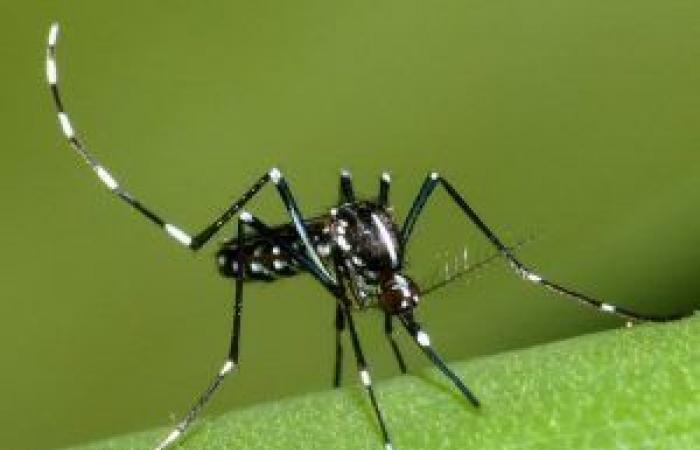Between 1975 and 2020, the total of these recorded costs amounted to $94.7 billion. Although underestimated because they are still rarely quantified and declared in many countries, the costs linked to losses and damage caused by these mosquitoes and the diseases they transmit have literally exploded since the beginning of the 2000s. However, investments dedicated to the management and prevention of these diseases remained stable. The expected benefits of implementing effective and sustainable prevention strategies are even more colossal.
Based on a dataset and a typology of specific costs linked to damages and losses – direct medical costs, direct non-medical costs and indirect costs – caused by dengue, chikungunya and Zika, this study provides robust cost data associated with invasive species ofAedes and diseases transmitted by these mosquitoes, reported in 166 countries and territories around the world, between 1975 and 2020, over a period of 45 years.
Little known, underestimated and yet increasing costs induced by mosquitoes Aedes and the viruses they transmit
If the cumulative total of expenses related to Aedes and the diseases they transmit amounts, for the period 1975-2020, to nearly 94.7 billion dollars – an average annual figure of 3.29 billion with a maximum of 20.9 billion in 2013 – this This figure nevertheless remains largely underestimated since it is based solely on the real costs reported in the scientific literature.
Researchers show that these costs have increased massively over the past three decades and increased 14-fold in the period following the emergence of Zika and chikungunya.
They are mainly linked to direct medical expenses due to mosquito-borne dengue fever Aedes aegypti, followed by losses and indirect costs, which are largely absorbed by individuals or the community. The study also indicates that costs are higher in areas where both species of Aedes are present together, which is the case of the Americas and Asia, rather than in areas where only Aedes aegypti Or Aedes albopictus.
Underfunded vector control
While the costs linked to losses and damages induced by these mosquitoes and these diseases have increased considerably over the last decades, investments dedicated to the prevention and management of this health risk are emerging (surveillance, vector control and other preventive actions , notably the development of vaccines) have evolved very little over the same period. They remained constantly lower than damage prices, up to ten times lower. The authors of the study thus highlight the chronic underfinancing of vector control, identified as a factor favoring the dispersion of Aedes and disease transmission. They suggest that investments dedicated to the development and implementation of effective and sustainable prevention actions should make it possible to significantly reduce these economic impacts, and are necessary to manage the health risk linked to mosquitoes. Aedes on the long term.
Towards new integrated vector risk management strategies, with the support of the international community
Analysis of costs induced by mosquitoes Aedes and the viruses they transmit calls for the implementation of preventive management strategies for the health risk they represent. The diversity of costs incurred and the identification of the different actors directly concerned should make it possible to mobilize all stakeholders towards a common objective of sustainable and integrated management of vector risk, as recommended by international bodies.

“Cost-effectiveness” studies coupled with social acceptability analyzes should help guide decisions to combine the methods and tools best suited to the local context.
The authors affirm that only societal changes and very committed international collaboration will allow the implementation of preventive actions, aimed at limiting the dispersion of Aedes invasive species and the diseases they transmit around the world. The authors also recommend intensifying efforts in managing the risks associated with other invasive alien species as well as other emerging diseases.







